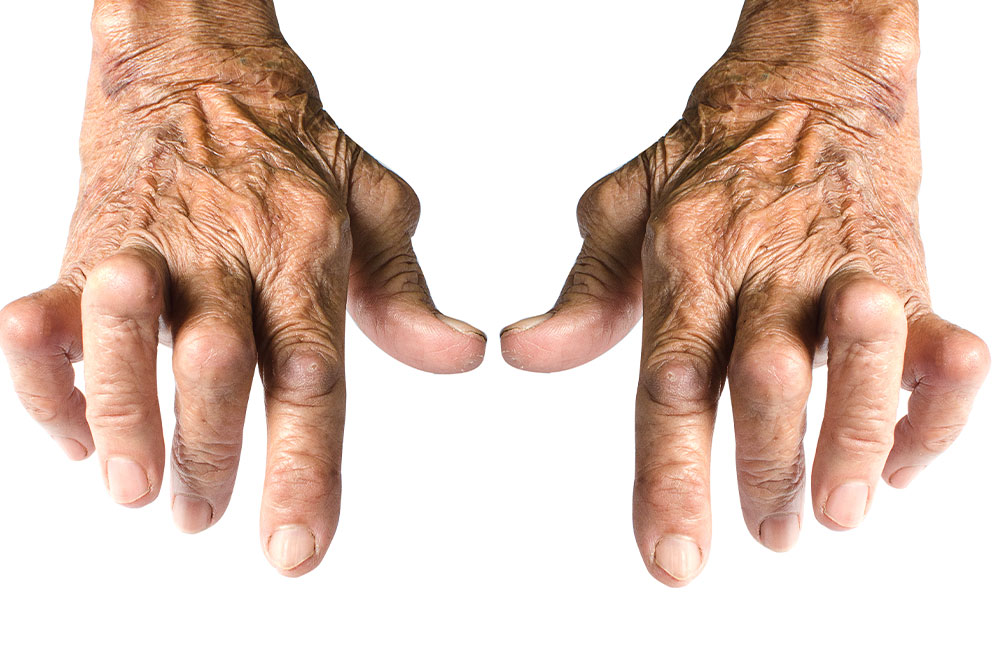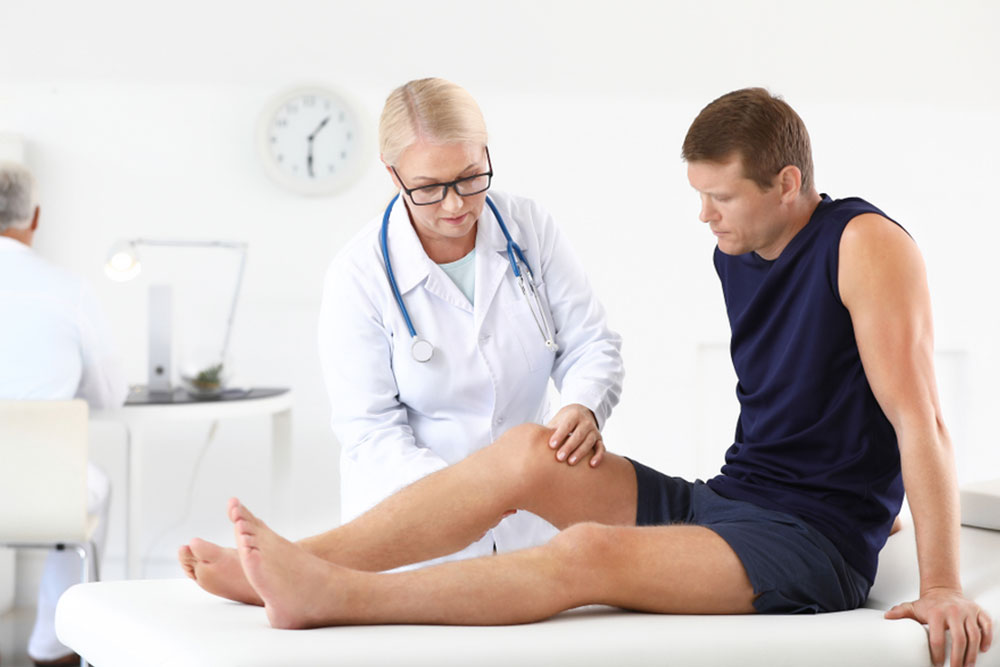Comprehensive Guide to Managing Arthritis Pain with Acupuncture: Benefits, Costs, and Expert Insights
Discover the natural benefits of acupuncture for arthritis relief. This comprehensive guide covers how acupuncture works, its proven benefits, costs, and expert insights into managing joint pain effectively. Learn how this ancient practice can improve your quality of life and provide lasting relief from arthritis symptoms through personalized treatments and scientific mechanisms. Perfect for those seeking non-invasive pain management options, acupuncture offers a holistic approach to reclaiming mobility and well-being.

Effective Use of Acupuncture for Arthritis Relief — Exploring Benefits, Costs, and Insights
Arthritis continues to be one of the most common chronic conditions affecting millions worldwide, particularly impacting the joints and causing persistent inflammation, stiffness, and pain. With aging populations, the prevalence of arthritis—including its most common forms, osteoarthritis and rheumatoid arthritis—rises steadily. These conditions can significantly impair daily activities, reduce mobility, and diminish quality of life. Fortunately, various treatment modalities are available to alleviate symptoms, improve joint function, and enhance overall well-being. Among these, acupuncture has gained recognition as a natural, non-invasive alternative that offers promising relief for those suffering from arthritis-related discomfort.
Understanding Acupuncture:
Acupuncture is an ancient Chinese healing practice rooted in traditional Chinese medicine (TCM). It involves inserting thin, sterilized needles into specific points on the body, known as acupoints, to stimulate healing processes and restore balance in the body's energy flow, or 'qi'. Over centuries, acupuncture has evolved into a widely accepted complementary therapy used worldwide for various ailments, including pain management, inflammation reduction, and improving mobility.
Scientific research increasingly supports the efficacy of acupuncture in managing arthritis symptoms. A key belief in TCM posits that obstructions or imbalances in qi cause many health issues, including joint pain. By inserting needles at specific acupoints—over 2000 identified across the body—practitioners aim to unblock these energy pathways, facilitating natural healing and symptom relief. In addition to osteoarthritis and rheumatoid arthritis, acupuncture has been successfully used to treat neck pain, back pain, headaches, dental pain, and enhance post-surgical recovery. Its holistic approach promotes a synergistic effect, benefiting overall health and resilience.
From a scientific perspective, while traditional theories focus on qi and meridian pathways, modern research has shed light on several biological mechanisms behind acupuncture’s effects. It appears to stimulate the central nervous system, prompting the brain to release endorphins—natural painkillers—thus reducing pain perception. Moreover, acupuncture enhances local blood circulation, modulates immune responses, relaxes tense muscles, and stimulates cortisol production, which helps suppress inflammation. These multifaceted actions contribute to its effectiveness in managing peripheral neuropathy, musculoskeletal pain, and autoimmune conditions like rheumatoid arthritis.
Recent clinical studies reinforce acupuncture’s role in arthritis management. A comprehensive review published in 2018 concluded that acupuncture, whether used alone or alongside conventional treatments, significantly improves symptoms in rheumatoid arthritis sufferers. Patients reported decreases in joint pain, stiffness, and swelling, along with improvements in daily function and overall quality of life. More recent studies from 2022 indicate that combining acupuncture with medical therapies results in greater reductions in disease activity scores, lower blood inflammation markers such as ESR and CRP, and better joint mobility. These findings underscore the importance of personalized treatment plans tailored to individual patient needs.
Advantages of Using Acupuncture for Arthritis Relief:
Many individuals dealing with arthritis turn to acupuncture due to its safety profile, minimal invasiveness, and potential for significant symptom relief. The American Arthritis Foundation highlights that stimulation of endogenous pain-relief pathways—namely endorphins and oxytocin—plays a large role in pain reduction. Patients frequently report alleviation of everyday discomfort, enhancement in mobility, and a sense of overall health improvement after receiving acupuncture treatments. Key benefits include:
Significant pain reduction: Targeted needle insertions promote muscular relaxation and decrease joint pain and stiffness, leading to more comfortable movement and increased activity levels.
Improved joint function: Especially in the hands and wrists, acupuncture can provide both immediate and long-term functional gains, enhancing dexterity and reducing swelling.
Boosted immune system and reduced inflammation: Regular sessions stimulate immune responses, decrease inflammatory markers, and promote better circulation, supporting overall health.
Enhanced quality of life: By alleviating persistent pain and improving mobility, acupuncture helps arthritis patients regain independence, participate in daily activities, and enjoy a better quality of life.
Financial Considerations and Cost Factors:
Understanding the cost of acupuncture is essential for those considering it as part of their arthritis treatment plan. Typical session durations range from 30 to 90 minutes, with many practitioners retaining needles for 10 to 30 minutes per session. The price per session usually falls between $70 and $150, depending on geographic location, practitioner expertise, and the complexity of the individual case. Initial consultations, which include comprehensive assessments and personalized treatment planning, often cost between $100 and $300. In urban centers and affluent regions, prices tend to be higher due to increased demand and higher living costs. Additionally, the severity of arthritis symptoms and the number of sessions required influence overall expenditure. Many patients opt for weekly treatments over several months for optimal results, which can accumulate costs but often outweigh the benefits gained.
Insurance coverage for acupuncture varies widely. While some health plans include reimbursable acupuncture treatments, others do not, making it important for patients to verify coverage beforehand. Clinics and practitioners may also offer package deals, discounts for multiple sessions, or sliding scale fees based on income, making this therapy more accessible to a broader audience.
In summary, although acupuncture involves an upfront cost, many arthritis sufferers find it to be a worthwhile investment due to its potential for safe pain relief, improved function, and overall well-being. It serves as an excellent adjunct or alternative to conventional medications, especially for those seeking non-pharmacological options.





